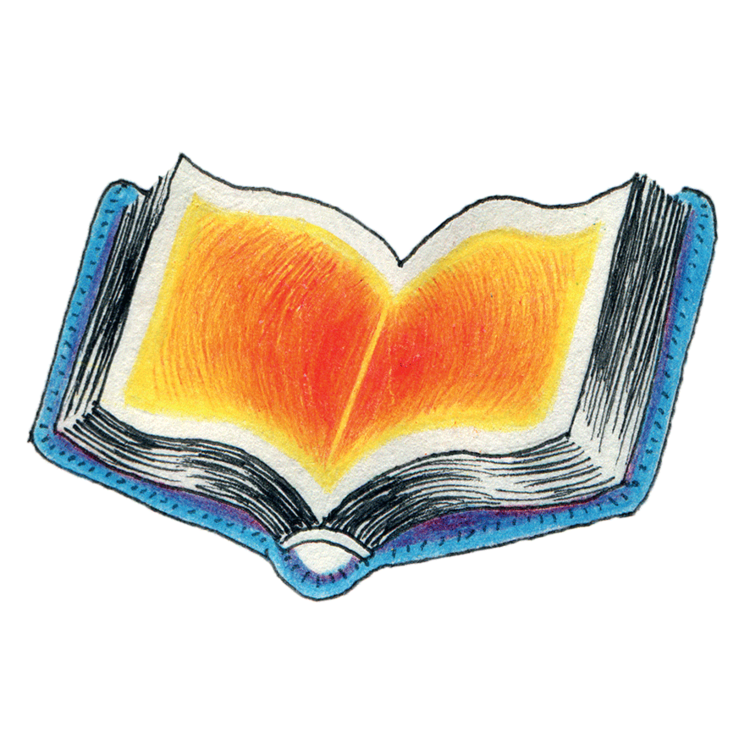– All images © their respective authors –
Late last fall, a curious occurrence could be witnessed along the banks of the Alte Donau. Incredibly, a throng of people could be seen plunging gleefully into the increasingly frigid waters, as if the summer had never gone away.
The works of Flemish renaissance painter Pieter Breugel the Elder have an ineffable quality, giving them an allure that has only grown over time.
Located on the outskirts of Vienna, this former psychiatric clinic is one of the few museums worldwide expressly dedicated to the exhibition and cultivation of art brut.
Hidden away in a corner of the former site of Vienna’s General hospital, the Narrenturm (“Tower of Fools”) is a strange and singular piece of medical history.
The cultural landscape of Vienna is indelibly marked by the work of Egon Schiele, and the superb collection of his paintings at the Leopold Museum remains a fixture on any cultural tour of the city.
Vienna’s Metro Kinokulturhaus currently has the distinction of hosting the first truly comprehensive retrospective of the work of Werner Herzog, that steadfast “soldier of cinema”, as he himself so memorably put it.
A new film from Studio Ghibli is always an occasion for celebration among animation enthusiasts, given the studio’s reputation for making exquisite animated films. The Red Turtle is Ghibli’s latest outing, and it marks the first time in over three decades that the Japanese animation studio has invited an outsider to direct a film for them.
An intriguing attempt to parse the possible futures headed our way, The Promise of Total Automation at the Kunsthalle examines what the curators call “the allure of an automated life.”. The age we live in finds us renegotiating the terms of what it means to be human; the Internet of Things is no longer a fanciful notion, and just about every aspect of our lives seems interwoven with the mechanized world.
Theater-goers, rejoice! One of Vienna’s eminent theatrical institutions, the Volkstheater, is now bringing Austrian theater to an international audience. The first fruits of this endeavor can be seen in the The Misunderstanding, an extraordinary meld of puppetry and theatre.
For an uninterrupted stretch of three decades (1913-1944), it was a cat that held court in the funny pages of the Hearst newspaper empire. Appearing as a 4-panel comic strip on weekdays, and occupying an entire newspaper page on Sundays, Krazy Kat is that most unlikely of things: poetry fostered and cared for unquestioningly by commerce.
Internationally renowned for directing anime under the banner of Studio Ghibli, Hayao Miyazaki has been responsible for classics of animation such as Spirited Away, Princess Mononoke and My Neighbour Totoro – films that are without parallel in their evocation of a reality infused with the gently fantastic.
And yet, in his native Japan, he is equally revered for his first (and only) manga, Nausicaä of the Valley of the Wind.
Straddling the divide between children’s picture book and adult graphic novel to splendid effect, The Arrival, by Australian illustrator Shaun Tan, is one of those rare beasts: a wholly graphic fiction, that dispenses with the use of words entirely.
‘The world is bound by secret knots’ – Athanasius Kircher
The Jesuit scholar Athanasius Kircher (1602-1680) is one of history’s more intriguing figures. Possessed of a profound erudition, he achieved great renown in his own time, and yet has now slid into a near-total obscurity.
Suffused with a painterly quality, and a deft, deeply observant touch, The Way of the World is a remarkable account of a meandering, eighteen-month journey from Geneva to the Khyber Pass, undertaken by the writer Nicolas Bouvier and the artist Thierry Vernet in 1953.
Puttering slowly along on rural byroads in Maharashtra, engaged in a kind of mechanised perambulation, it occurred to me then that there was no finer way to traverse this land than by motorcycle. It is the mode of transport that best enables you to see and savour the wealth of difference and wonder – in geography, in human character – from one state to the next.
A wordless pean to water in all its fluid variants, and to the old warehouse district in the port city of Hamburg, Vortex is a story that celebrates – and is driven by – the drawn image. First published by Arrache Coeur in 1997, it is one of the quieter milestones in the development of graphic fiction; breaking wholly new ground in terms of the form that a story told in pictures can take.
















